Heat Pump Technology: A Sustainable and Efficient Solution for Heating and Cooling Needs
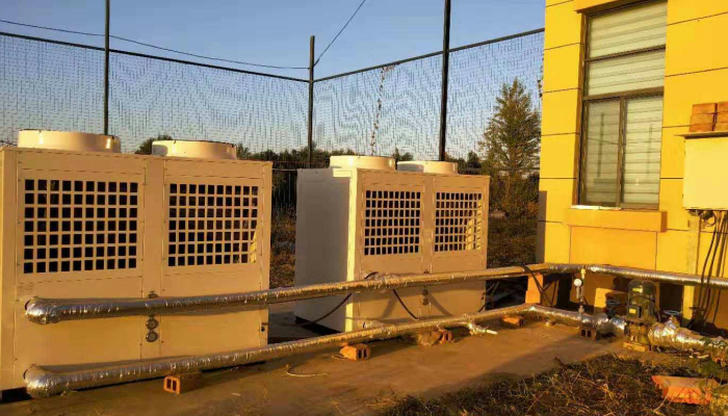
Energy consumption for heating and cooling accounts for a substantial portion of global energy use, posing significant challenges to environmental sustainability and energy security. In developed countries, heating and air conditioning can consume up to 25%-30% of total societal energy. In China, due to inefficient energy utilization and slow adoption of energy-efficient buildings, the proportion of energy consumption related to buildings is even higher. To tackle these issues, China has prioritized the development of renewable energy technologies, including heat pump technology, in its energy strategy planning.
1.Principles of Heat Pump Technology
Heat pumps are mechanical devices that utilize the principle of inverse cycling to transfer heat from a low-temperature object to a high-temperature object. Unlike traditional pumps that increase the potential energy of fluids, heat pumps extract low-grade thermal energy from natural sources such as air, water, or soil, and convert it into high-grade thermal energy through electrical work. This process allows heat pumps to provide significant heating or cooling output while consuming relatively little electrical energy. The working principle of heat pumps is similar to refrigeration systems, consisting of four main components: compressor, condenser, throttling valve, and evaporator. During the heating cycle, refrigerant absorbs heat from a low-temperature source in the evaporator, is compressed into a high-temperature, high-pressure gas in the compressor, releases heat in the condenser to heat the indoor air or water, and then expands back into a low-temperature, low-pressure liquid in the throttling valve to complete the cycle.
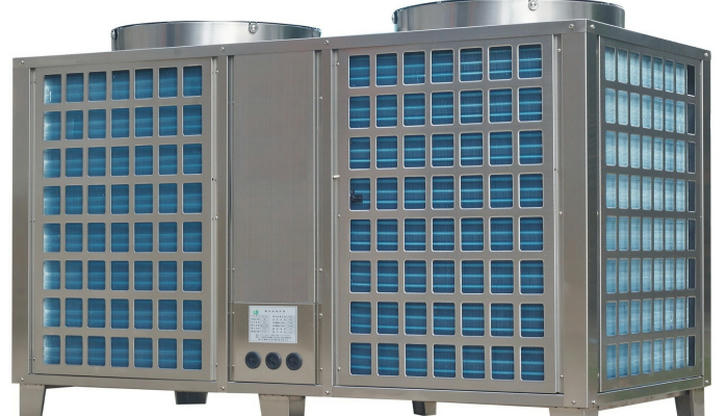
Benefits of Heat Pump Technology
Energy Efficiency Heat pumps offer superior energy efficiency compared to traditional heating and cooling systems. With improved operating conditions and stability, heat pumps have higher unit efficiencies, longer service lives, and no frosting issues. Their coefficient of performance (COP) can reach as high as 12, making them an excellent solution for building heating and cooling. Environmental Protection Heat pumps utilize clean, renewable energy sources such as surface water for energy conversion, eliminating the need for boiler systems that burn coal, gas, or oil. This significantly reduces emissions of pollutants such as smoke and waste, contributing to a more beautiful environment. Versatile Applications Heat pumps can be widely applied in various settings, including hotels, offices, schools, shopping malls, residential areas, and industrial buildings. They can also be used in swimming pools, dairy processing, beer brewing, cold rolling, and indoor farming.
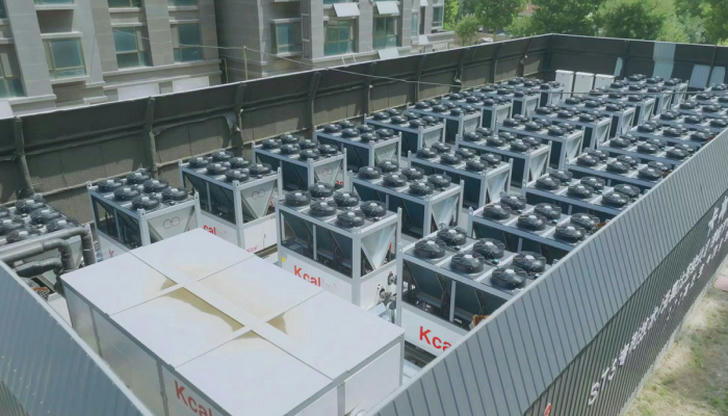
Multi-functional Use A single heat pump system can provide both cooling and heating, as well as domestic hot water, maximizing its utility. High Degree of Automation Due to their stable operating conditions, heat pumps can be designed with simple systems, fewer components, and high levels of automation.
Water Source Heat Pump Application in a Commercial Building
A commercial building in an area with abundant groundwater resources adopted a water source heat pump system. In summer, the system provides hot water while simultaneously offering free air conditioning. In winter, it operates in a highly efficient full-heat recovery mode to produce sanitary hot water. The system uses variable frequency control for both source water and hot water pumps, enabling automatic adjustment based on load size and significantly reducing operational costs. The entire hot water system is fully automated, eliminating the need for manual monitoring. The project's heat pump units achieved a COP of 12 during simultaneous hot water production and cooling in summer. Annually, the system saved approximately RMB 1 million compared to traditional boiler-based hot water production, while reducing carbon dioxide emissions by about 500 tons. Air Source Heat Pump Application in a High-rise Building A high-rise building with diverse functions including offices, shopping malls, supermarkets, and restaurants adopted nearly 40 low-ambient air source heat pump units from a renowned manufacturer to meet heating and cooling demands. These units were chosen for their high capacity and small footprint, effectively addressing the limited roof area of the building's podium. Heat Pump Application in a University Dormitory and Office Building A university in Hebei Province retrofitted over 160,000 square meters of dormitory and office space, installing over 100 heat pump units to serve the university's faculty and students. Multiple thermal stations were established based on usage times, enabling precise control. Even during extreme low-temperature weather, the system ensured adequate heating in dormitories and offices, earning praise from the university community.
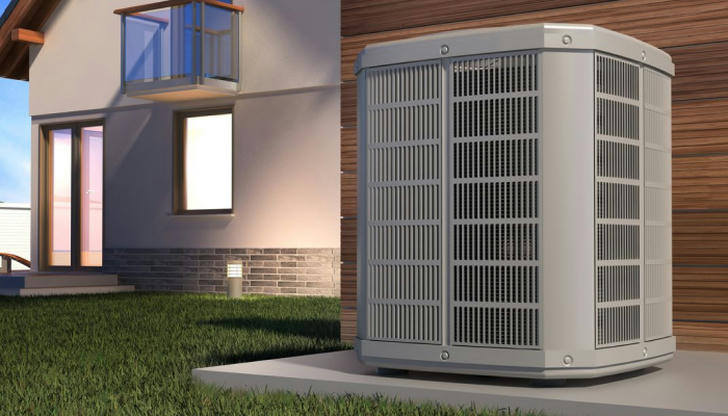
Solutions and Recommendations
To further enhance the application of heat pump technology, the following solutions and recommendations are proposed: •Policy Support and Incentives: Governments should provide policy support and financial incentives to encourage the adoption of heat pump technology. •Research and Development: Continued research and development are crucial for improving heat pump efficiency and reducing costs. •Public Awareness and Education: Increasing public awareness and education about the benefits of heat pumps can accelerate their market penetration. •Integration with Renewable Energy Sources: Integrating heat pumps with renewable energy sources such as solar and wind power can further enhance their sustainability.
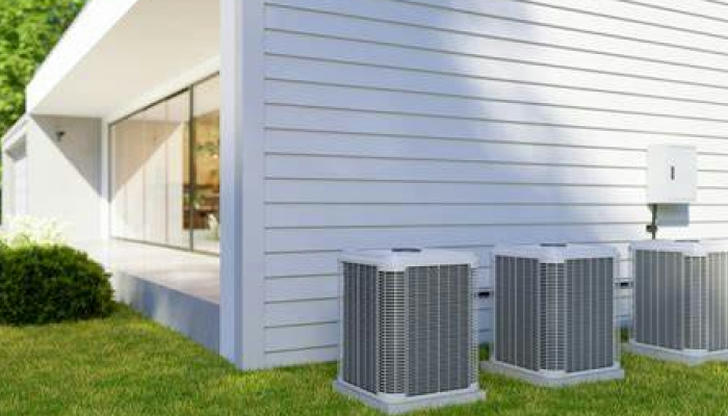
Conclusion
Heat pump technology represents a sustainable and efficient solution for meeting heating and cooling needs. Its high energy efficiency, environmental benefits, versatile applications, and multi-functional use make it an ideal choice for various settings. Through real-world case studies and proposed solutions, this paper demonstrates the potential of heat pumps in addressing energy and environmental challenges. As we strive for a more sustainable future, heat pump technology will play an increasingly important role in shaping our energy landscape.
